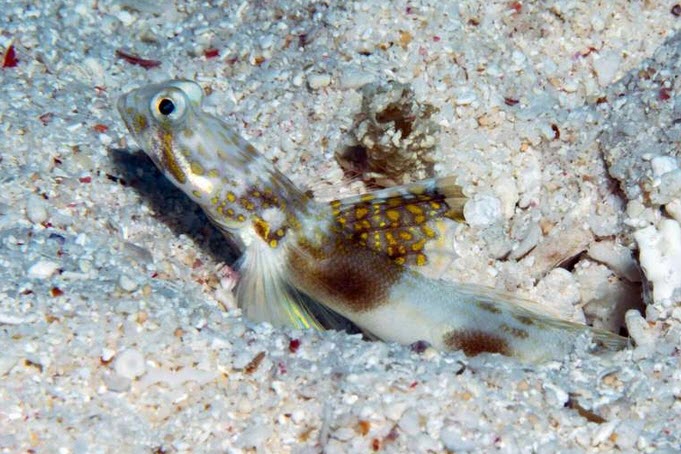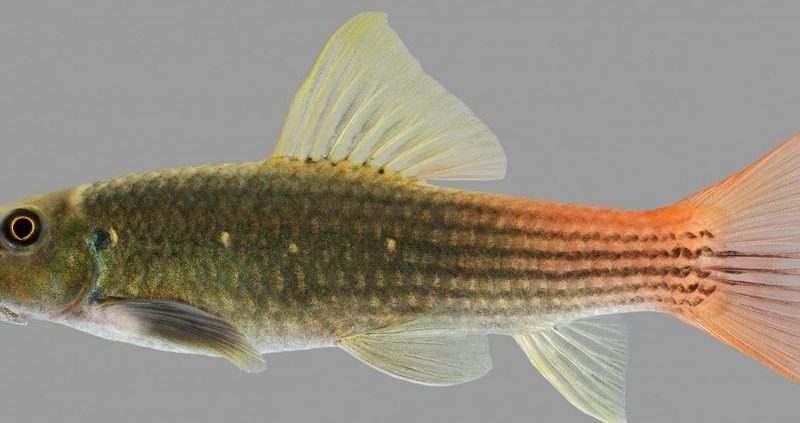According to a study published in September 2021, a team of researchers in China have found what may be DNA molecules from a 125-million-year-old dinosaur. The molecules were extracted from the fossil of a Caudipteryx dinosaur found in the coastal province Liaoning in north-eastern China, where this dinosaur lived during the Early Cretaceous period.
The study, which was published in Communications Biology, elicited a lot of attention – including a lot of scepticism. The researchers themselves have also pointed out that more work is needed and that this is just a promising start – not evidence of dinosaur DNA.
The oldest DNA that has ever been extracted and sequenced came from a 1.2 million year old woolly mammoth carcass found preserved in the Siberian cold, so being able to extract and sequence DNA from a creature that lived 125 million years ago would be truly ground breaking.
Staining with hematoxylin
The new Chinese dinosaur study was carried out on the remains of a Caudipteryx dinosaur which lived 125 million years ago. A team consisting of paleontologists from the Institute of Vertebrate Paleontology and Paleoanthropology (IVPP) of the Chinese Academy of Sciences and Shandong Tianyu Museum of Nature extracted and decalcified femur cartilage from the skeleton, and according to a news release from the Chinese Academy of Sciences the femur cells contained preserved nuclei and chromatin fragments that could potentially hold preserved DNA from the dinosaur.
In the news release, palaeontologist Alida Bailleul of the Chinese Academy of Science pointed out that they still have no evidence of dinosaur DNA actually being present. “We have good preliminary data, very exciting data, but we are just starting to understand cellular biochemistry in very old fossils. At this point, we need to work more.”
The team of scientists used a method where extracted cells are stained with hematoxylin, a chemical that binds to cell nuclei. The team also compared the dinosaur cartilage staining to that of stained cartilage from a modern-day chicken, and noted that the dinosaur´s staining resembled the chicken´s visible nuclei and chromatin material.
Paper co-author Li Zhiheng from IVPP have stated that the dinosaur fossil was exceptionally well preserved because the carcass had been entombed by fine volcanic ashes, and because nuclear cell components are preserved particularly well in fossilized cartilage.
The fossil is one of many fossilized members of the Jehol Biota – the living organisms that inhabited north-eastern China between 133 and 120 million years ago. This is the Lower Cretaceous ecosystem which left fossils in the Yixian Formation and Jiufotang Formation. Many of the fossils are extremely well-preserved; often including not just bones but complete articulated skeletons, soft tissues, stomach contents, and twigs with leaves and flowers still attached.
More work ahead
Several researchers from other institutions have cautioned against being overly optimistic about this find. One of them, Evan Saitta – a researcher at Chicago’s Field Museum of Natural History – said in an interview with the website Gizmodo that microbes taken from dinosaur fossils can be mistaken for genetic material from the dinosaur itself.
In an interview with Chemistry World, Sergio Bertazzo, a biochemist at the University College London, highlighted that more analysis is required. “They need to use other chemical/biochemical techniques, [such] as mass spectrometry or any other method that can confirm the chemical identity of what they are staining,” he explained.
This is not news to the Chinese research team, who themselves have acknowledged the need to continue working to identify the biomolecules from the femur. In an interview published in Chemistry World, paper co-author Alida Bailleul of the Chinese Academy of Science made clear that it is too soon to claim that dinosaur DNA have been found in the sample from the femur. “These dinosaur nuclei are staining like normal cells, but does it mean there’s DNA inside them? Not really.”



